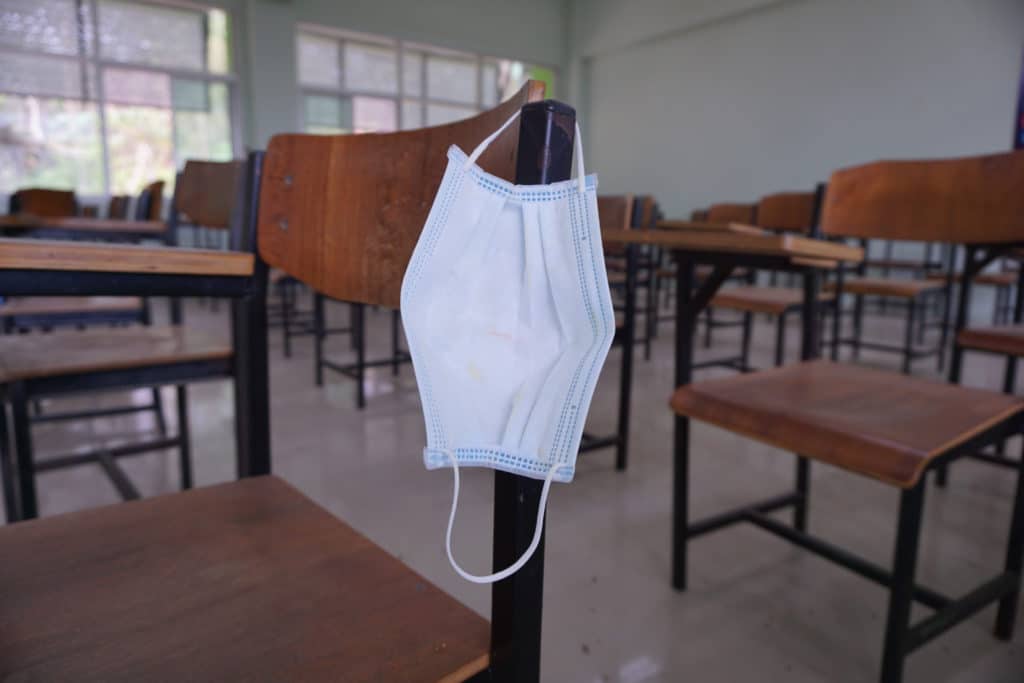
Six feet of distance. Masks indoors. Individual materials for all. All the new safety requirements felt overwhelming when my middle schoolers sauntered into B-5 after ten weeks of virtual learning. We had begun to build a positive virtual community, but we were lacking practice when it came to being active and interactive in our learning. I also knew I needed something to keep my students excited about coming in person to learn.
I understood more clearly than ever that great cognitive growth occurs through social interaction, so I turned to interactive learning structures. Interactive learning structures are used to increase action and interaction around content. These structures vary in complexity as they allow students to both practice SEL skills and deepen their understanding of ideas and content.
As a middle school teacher, I have my go-to structures that I know will increase engagement and grow our community of learners. My favorite is Graffiti, an activity in which students respond to the question, idea, or topic written on a series of four to five posters that have been hung around the classroom. But this activity requires students to interact and share supplies as they move around the classroom; it just didn’t seem possible to do Graffiti while honoring the safety requirements.
What does a teacher do when an obstacle arises? We take on the challenge and look to do what is best for our students. To modify Graffiti, I turned to an app that would let students respond to the poster prompts online. Through the integration of technology, students were able to answer questions, give examples and reasons, and interact with each other on their laptops. Students were also able to get to know each other and build a sense of community by personalizing their responses with images and GIFs. As the year continued, students became known for certain themes in their responses. One student creatively used Jimmy Neutron references in his posts and responses. Another student became known for her sense of humor.
As the year continued, students’ answers to prompts improved. They responded with concise, complete sentences and supporting details or reasons to a wide variety of prompts: Would you rather explore space, the ocean, a forest, or a large city? What advice would you give to a character in your book? What is an example of a time you showed a growth mindset? Which classroom guideline is the most important to follow? Students then had the opportunity to discuss their response with a nearby student and agree or disagree with their peer’s response.
This year, the modified version of Graffiti is a daily part of our classroom routine. Students interact around the content and grow both their academic and social skills. If social distancing mitigation strategies hadn’t forced me to get creative, I never would have tried a new way of using this interactive learning structure. The depth of community and the improvement in on-topic responses with supporting information are a testament to the fact that great cognitive growth occurs through social interaction— even if that interaction starts on a screen.
by Christine Diaz